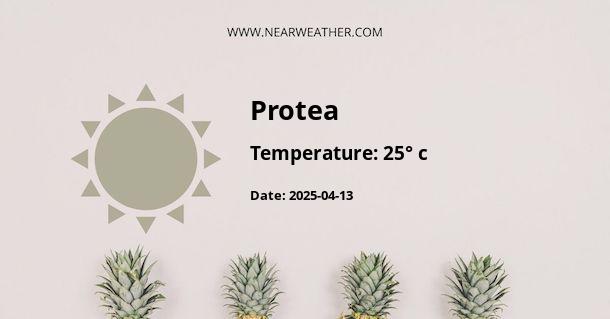Protea, North America: Climate and Weather Overview
Situated in the heart of North America, Protea enjoys a diverse climate that varies greatly from region to region. From the frozen tundra of the Arctic to the balmy shores of the Gulf Coast, the continent boasts an array of different weather patterns and temperature ranges. In order to truly understand the climate of North America, it is essential to delve into the specific characteristics of its various subregions.
Eastern North America
Eastern North America experiences a temperate climate with four distinct seasons. Winters tend to be cold and snowy, while summers are warm and humid. The region is also susceptible to severe weather events such as hurricanes and tornadoes, particularly along the Gulf Coast and Atlantic seaboard. The table below outlines the average temperatures and precipitation levels for key cities in Eastern North America.
| City | Winter Temperature (F) | Summer Temperature (F) | Annual Precipitation (in) |
|---|---|---|---|
| New York City | 30 | 80 | 45 |
| Atlanta | 35 | 85 | 50 |
| Miami | 65 | 90 | 60 |
Western North America
Western North America encompasses a wide range of climates, from the arid deserts of the Southwest to the temperate rainforests of the Pacific Northwest. The region experiences milder winters and drier summers compared to the eastern part of the continent. However, the mountainous areas of the West can see heavy snowfall in winter. The table below provides average climate data for selected cities in Western North America.
| City | Winter Temperature (F) | Summer Temperature (F) | Annual Precipitation (in) |
|---|---|---|---|
| Los Angeles | 50 | 75 | 15 |
| Denver | 30 | 85 | 16 |
| Seattle | 40 | 70 | 35 |
Arctic North America
The Arctic region of North America is characterized by its extreme cold and long, harsh winters, with short, cool summers. The table below showcases the average climate conditions in key Arctic cities of North America.
| City | Winter Temperature (F) | Summer Temperature (F) | Annual Precipitation (in) |
|---|---|---|---|
| Barrow (Alaska) | -10 | 40 | 4 |
| Iqaluit (Canada) | 5 | 50 | 12 |
| Resolute (Canada) | -20 | 45 | 6 |
Weather Patterns and Climatic Influences
North America's climate is influenced by a variety of factors, including latitude, proximity to oceans and seas, and elevation. The continent experiences diverse weather patterns due to the interaction of warm air masses from the south and cold air masses from the north, as well as the presence of mountain ranges and bodies of water. These factors lead to the development of distinct climatic zones and phenomena, such as the Great Plains' tornado alley, the arid conditions of the southwestern deserts, and the maritime climate of the Pacific Northwest.
The Gulf Stream, a warm ocean current originating in the Gulf of Mexico, has a significant impact on the climate of eastern North America. It moderates temperatures along the Atlantic coast and contributes to the development of powerful storms during the winter months.
Conclusion
In conclusion, the climate of Protea and North America as a whole is incredibly diverse, with each subregion displaying unique weather patterns and climatic influences. From the frigid Arctic to the sultry Gulf Coast, North America offers a breadth of climate experiences for residents and visitors alike.
A - Protea's Latitude is -22.572781 & Longitude is 17.056391.
A - Weather in Protea is 25° today.
A - Climate Conditions in Protea shows clear sky today.
A - Humidity in Protea is 52% today.
A - Wind speed in Protea is 4.82 km/h, flowing at 221° wind direction. today.
